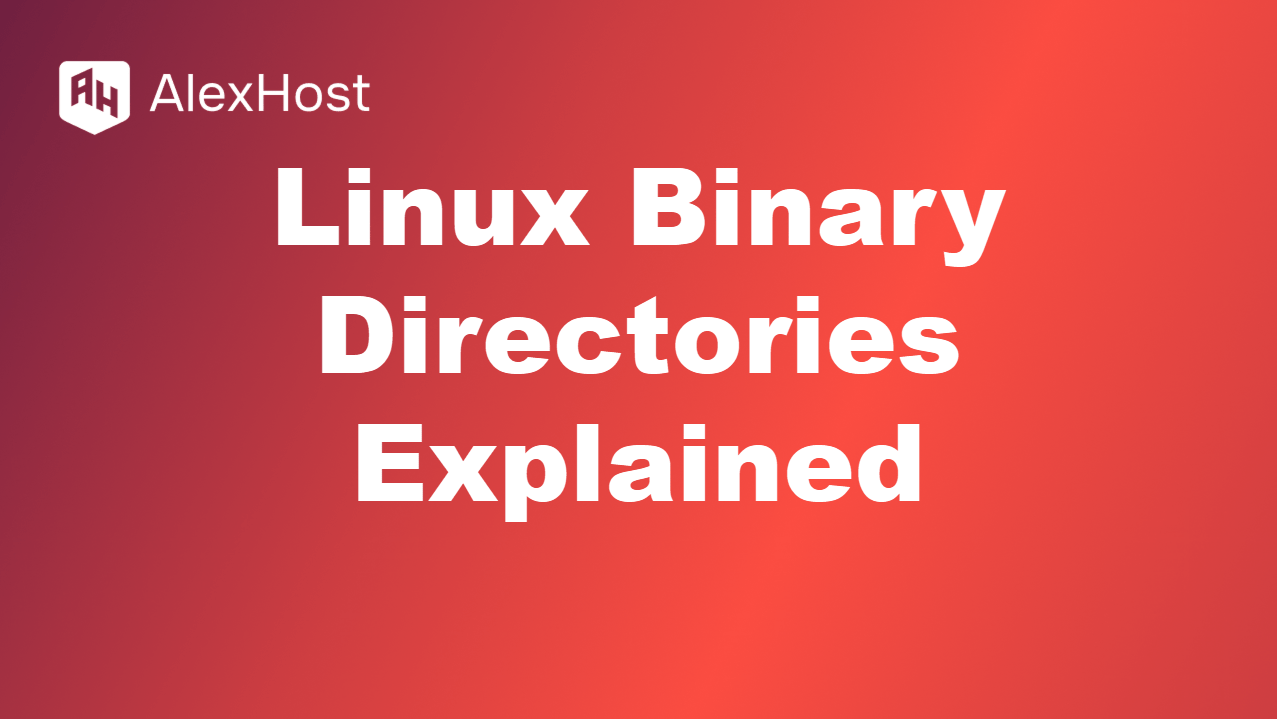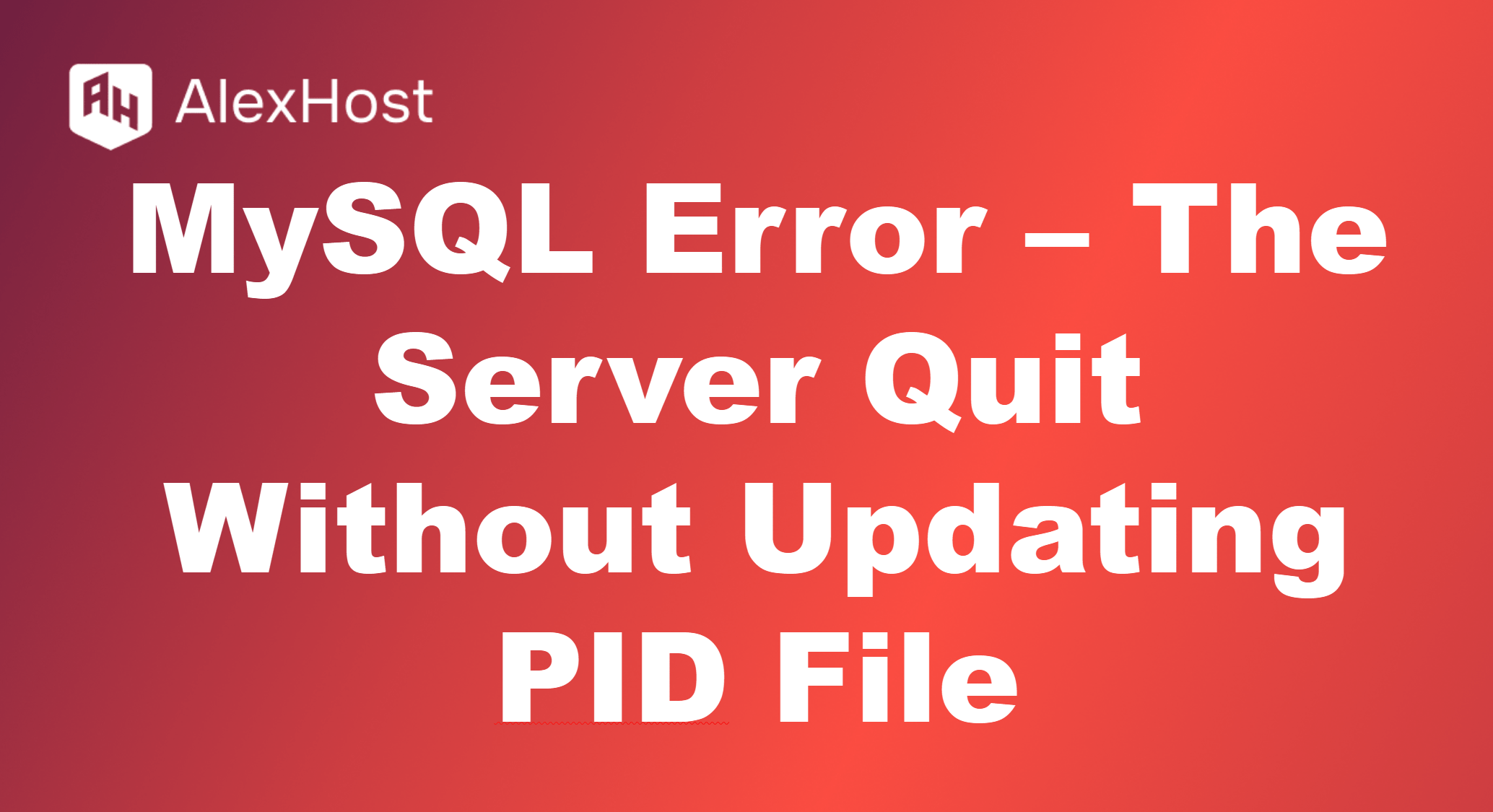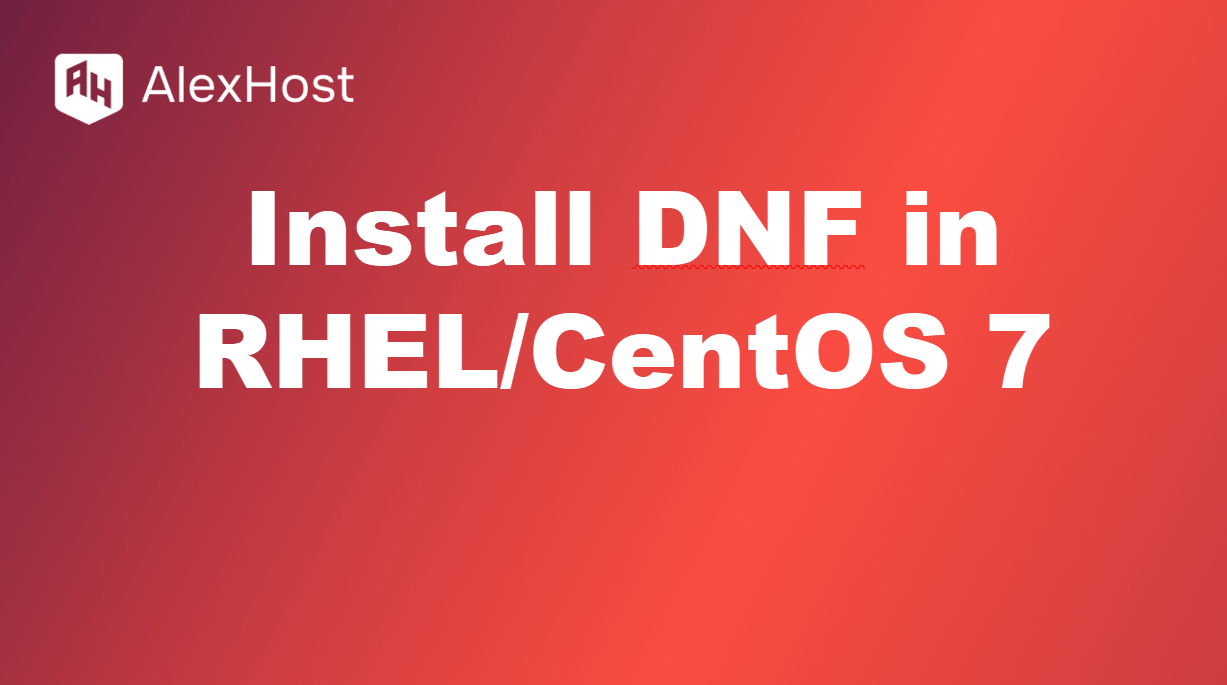What is Network Bonding? Network bonding, also known as NIC teaming or Ethernet bonding, is the process of combining multiple network interfaces (NICs) into a single logical interface. This logical interface provides increased bandwidth, redundancy, and high availability. Network bonding is typically used to enhance network throughput, provide load balancing, and ensure failover protection in […]
In Linux, binary files are executable files that contain compiled code that can be run on the system. These binaries, along with other system tools, are stored in specific directories in the filesystem. Understanding these directories is essential for managing software and understanding how commands and applications are structured. Here’s an explanation of the key […]
The error “The server quit without updating PID file” usually occurs when MySQL fails to start properly or shuts down unexpectedly. The PID (Process ID) file is a small file used by MySQL to keep track of its process ID, and it is typically stored in the MySQL data directory. When MySQL cannot create or […]
SFTP (Secure File Transfer Protocol) is a secure method for transferring files between a local computer and a remote server. Unlike FTP, SFTP encrypts both commands and data, offering a more secure way to transfer files. Whether you are a Windows or Mac user, using a reliable SFTP client is crucial for managing your remote […]
Node.js is a powerful JavaScript runtime built on Chrome’s V8 engine, and NPM (Node Package Manager) is a package manager that comes with Node.js. They are essential tools for developing modern JavaScript applications. This guide will walk you through the process of installing and configuring Node.js and NPM on a Windows system. Step 1: Download […]
Install DNF on RHEL/CentOS 7: Upgrade Your Package Game Why swap YUM for DNF? DNF (Dandified YUM) is the sleek, modern replacement for YUM on RPM-based Linux like Fedora, bringing faster performance, smarter dependency handling, and a cleaner vibe. RHEL/CentOS 7 sticks with old-school YUM, but you can bolt on DNF for that next-gen edge. […]
Node.js is a popular JavaScript runtime that enables you to run server-side JavaScript. PM2 is a process manager for Node.js that helps manage your applications, ensuring they run smoothly, automatically restart upon crashes, and allow for easy management of multiple apps. This guide will walk you through installing Node.js and PM2 on an Ubuntu system. […]
Introduction When using VMware to run virtual machines (VMs), one of the common tasks is sharing files between the host operating system (OS) and the guest OS running inside the virtual machine. VMware allows you to create a shared folder that acts as a bridge between the host and the guest, making it easier to […]
When building APIs with Laravel, ensuring secure authentication is crucial, especially when dealing with user data. JSON Web Tokens (JWT) offer a robust method for handling authentication in stateless applications, allowing secure transmission of user information between parties. This guide will walk you through the process of building a secure Laravel API using JWT authentication. […]
The terminal is a powerful tool, and customizing it can greatly enhance your productivity. One of the most popular ways to do this is by using Zsh (Z Shell) combined with the Powerlevel10k theme. Powerlevel10k offers a beautiful and highly customizable prompt that can display useful information, such as git status, Python hosting environment, and […]
















